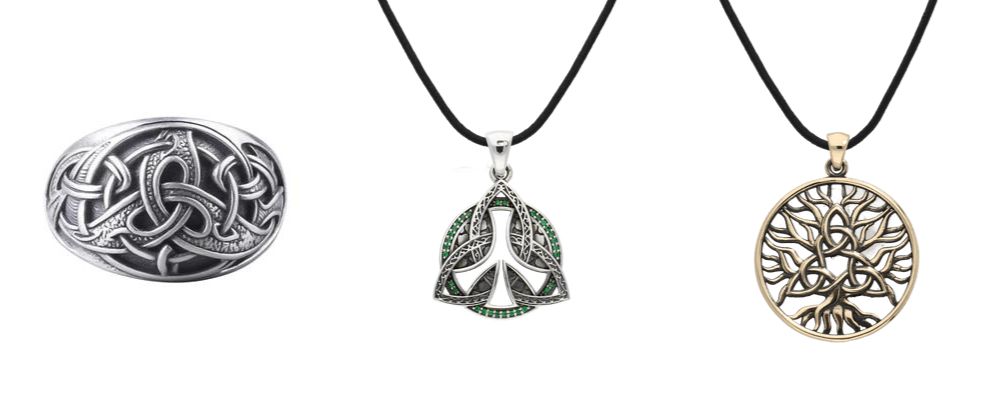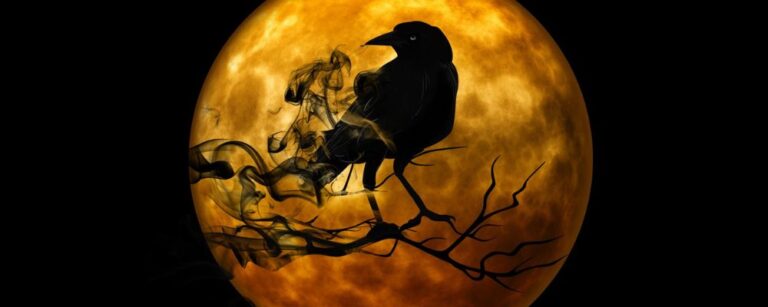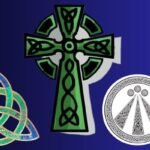You have probably heard somewhere that modern Heathens and followers of the old Norse ways celebrate Halloween as an important holiday but under the traditional name of Samhain. This is only partly true.
The end of the harvest system at the end of October and the start of November was certainly an important time for the Norse pagans. This is the time of year when the days start to get shorter and colder. The transition was marked by a festival known as Alfablot, which we discussed in our last blog post. But this is not the same as Samhain, which is a traditional Gaelic festival that falls on the same day.
Many outsiders tend to place all modern Pagans, or Neopagans, in a single group and describe them as marking the Sabbats throughout the year on solstices, equinoxes, and changes of season. But this drastically oversimplifies Neopaganism, which is an umbrella term for many different belief systems, including Norse Heathenry, Celtic Polytheism, and Wicca, which is a modern belief system that draws on elements of many older religions.
So, to be clear, Halloween was an important festival in the Viking calendar, known as the Alfablot. But while it happens on the same date, it is not the same as Samhain.
So, what exactly is Samhain, and how does it differ from the Alfablot? Let’s take a look.
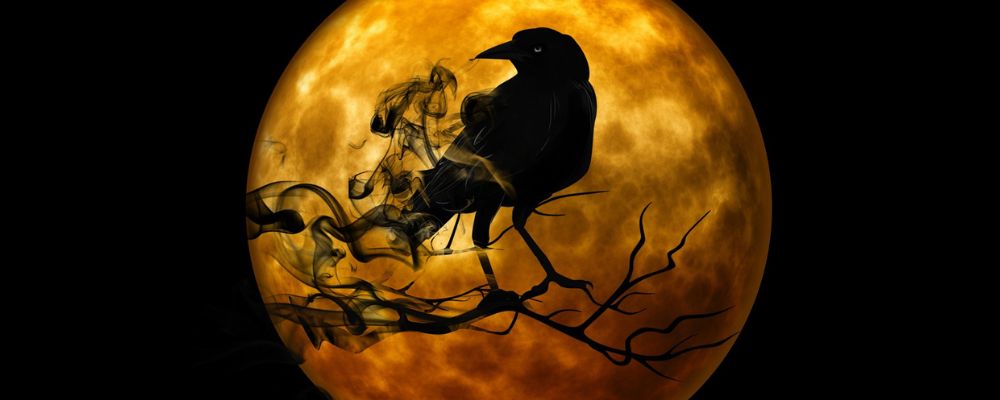
Gaelic Festival of the Harvest
Samhain was an important festival day in Ireland, Scotland, and the Isle of Man. It was held annually on 1 November, which meant the festival started during the evening on 31 October since the Celtic day began at sunset. Celebrations were generally held for about a week around the specific festival.
While Samhain was best associated with the Irish world, similar festivals were conducted around the same time of year by other Celtic communities. In Wales, it was known as Calan Gaeal, in Cornwall as Kalan Gwav, and in Brittany as Kalan Goanv.
As we have already said, in the Viking world, the festival that happens around the same time is known as Alfablot, or the Elf Sacrifice. This festival extended across several days from 28 October until 2 November.
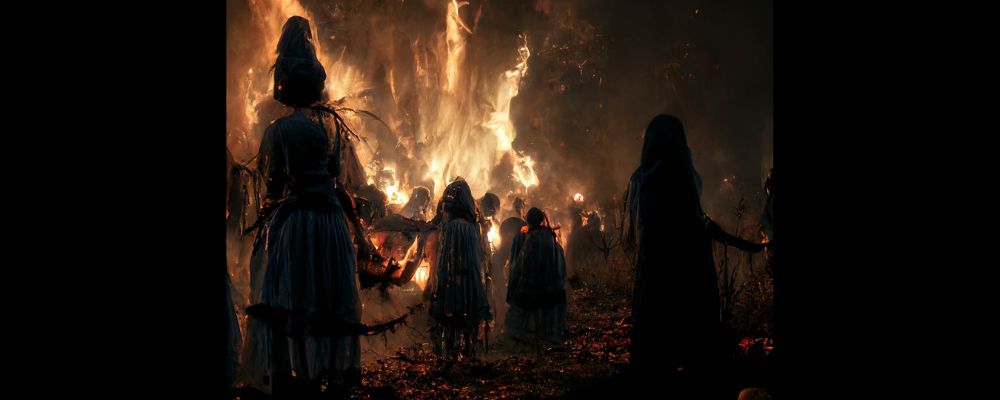
Ancient Origins
While all the written evidence for Samhain comes from the Christian period, there is good evidence that Samhain was an ancient festival among the Celts. Several Irish Neolithic passage tombs are aligned with the rising sun on Samhain, suggesting that the date was already marked out as important in prehistoric times. The Gaulish Coligny Calendar from the first-century BCE calendar calls this time of year Samoni.
The first literary evidence for Samhain comes from the 9th century when Ireland had already been Christianized. This means that the sources describe a mix of old Pagan customs and Christian overlays and influences. We have similar issues when deciphering the traditions around Alfablot, as all the surviving evidence comes from Christian authors observing changing practices.
There is some evidence to suggest that the old Pagan festival of Samhain was associated with the god Chrom Cruach, who seems to have been both a solar and a fertility deity. He is a wizened god hidden by mists who accepts “firstborn” sacrifices in exchange for good harvests.
Most sacrifices to Chrom Cruach were probably the first takings of the harvest, but there is some evidence to suggest that he also received human sacrifices, usually of the first and most important in the community rather than the firstborn. It is suspected that several Irish bog burials represent the ritual sacrifice of kings or other important persons, possibly interred around the time of Samhain.
Meanwhile, Freyr was the principal god venerated during Alfablot, as he was considered to have dominion over the elves, the Alfar. He is also a fertility deity. This is only the first of several significant similarities between Samhain and Alfablot.
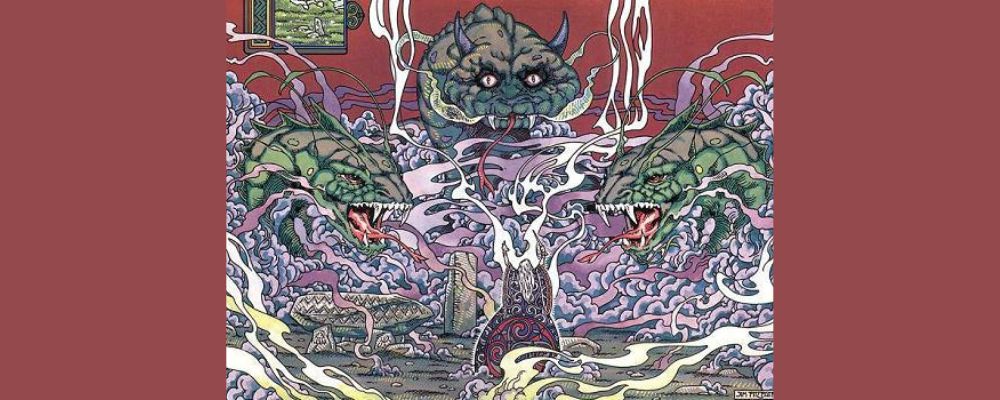
Samhain Gatherings
By the 9th century, Samhain was a time of festival and celebration. Communities would gather in large groups to eat, drink, and be merry. This meant that Samhain also had political importance as it was a time to reaffirm bonds with neighbors and allies, and leaders could confirm and pass rules and laws.
With the community gathered, mumming or guising, the root of trick-or-treating, was practiced. People would dress up in masked costumes and go from place to place dancing and reciting verses in exchange for food. Traditions around hospitality and welcoming guests meant that denying these passersby food could bring bad luck and perhaps also a trick from the disappointed players.
This is different from Alfablot, which was a private family festival led by the women of the household. The Vikings instead had their major community gathering festivals in August. According to the sources, the usual niceties of hospitality were ignored at this time, and passing travelers were turned away. Accepting a stranger into the household at this time could invite the wrath of Odin. This is probably the most significant difference between Samhain and Alfablot.
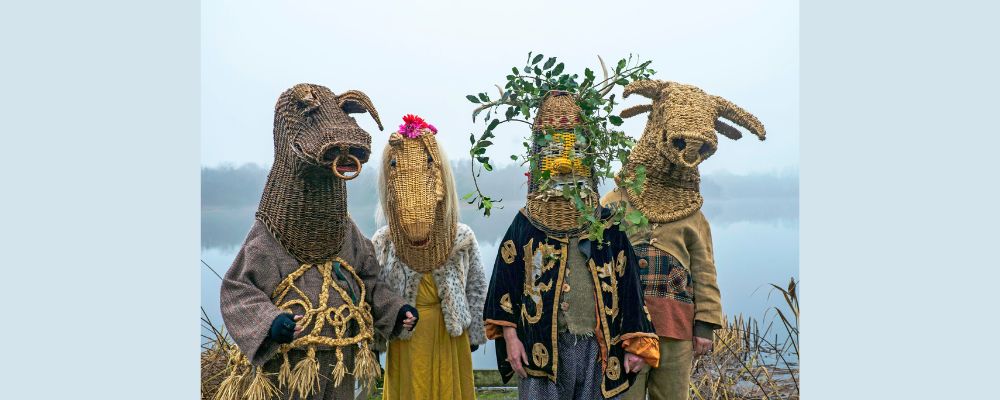
Day of the Dead
Both Samhain and Alfablot were considered days for honoring the ancestors and other spirits of the underworld. At Samhain, and also Beltane on May 1, the veil between the worlds was considered to be at its thinnest. Ghosts, fairies, and spirits can pass between worlds and would have greater dominion during the darker months.
In Irish literature, there are many stories of deceased ancestors returning to see their homes at Samhain. More dangerous entities can also pass between the worlds, killing livestock and burning down homes if they so choose. We see the same themes appear in Norse literature, with spirits from Valhalla and other underworlds coming back to see the living.
Both Samhain and Alfablot rituals were conducted at burial mounds, which were considered portals to the other world. Protective bonfires were built, and sacrifices were made to appease the spirits. In the Gaelic tradition, when people returned home, they would take a spark from the ritual bonfire to light their own hearth and lay out an extra plate for the honored ancestors.

Divination
The thin veil between the world meant that Samhain was also the perfect time for divination practices. Most of the surviving Celtic divination practices have become party tricks thanks to their adoption in modern Halloween celebrations.
Games such as bobbing for apples could reveal whether a person would marry or have children in the coming months. People would also peel an apple in a single long strand while asking a question. They would then throw the peel over a shoulder, and the shape of the peel could provide an answer. Two hazelnuts were named for an individual and their heart’s desire and then placed on the fire to roast. If the hazelnuts jumped away from the fire, this was not a good sign for the match. But if the two roasted quietly side by side, this was a good omen.
It is unclear whether divination was also a part of the Alfablot, but it would make sense that people might ask the learned ancestors for guidance. Volva, Viking witches, were considered seeresses and continued to be powerful after death. Odin called a Volva back from the dead to recount to him the full history of creation and the Ragnarok prophecy. Divination in the home at this time may have included divination with rune stones. You can read our article on rune divination here.
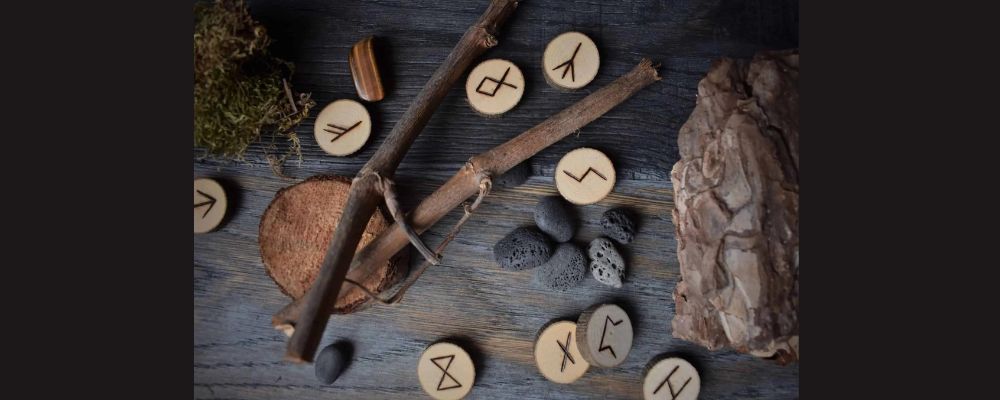
Samhain and Wicca
While modern Heathens and followers of the old Norse ways will follow the Alfablot customs, many modern pagans and practitioners of witchcraft identify with Samhain. There is some evidence that Samhain has always been associated with witches. One of the principal sites in Ireland where Samhain bonfires were built and rituals conducted is known as the Hill of Ward, which is the burial mound for Tlachtga.
Tlachtga was the daughter of the Arch Druid Mug Ruith, and she traveled with her father, learning his secrets and becoming an accomplished witch. Her burial mound seems to have been considered a particularly potent portal to the underworld.
But which tradition will you be following on 31 October? Will you be honoring the Norse Elves (often conflated with honored ancestors) or making sacrifices to Chrom Cruach? Or are you all about making your favorite costume and trick-or-treating?
The Triquetra is an important symbol associated with magic and witchcraft in both the Viking and Celtic worlds. Shop Triskelion pieces in the VKNG store.
